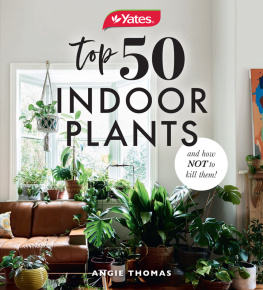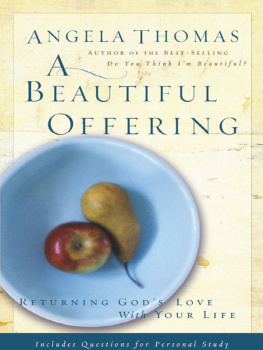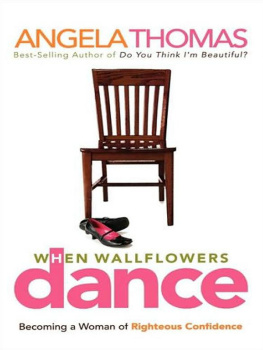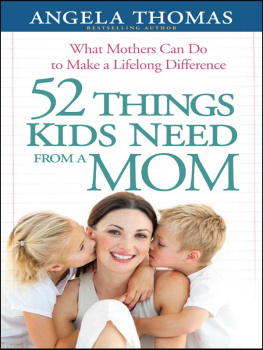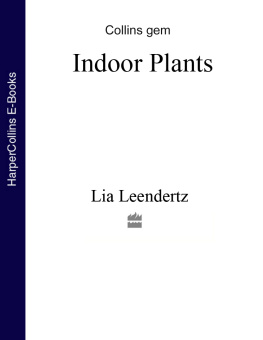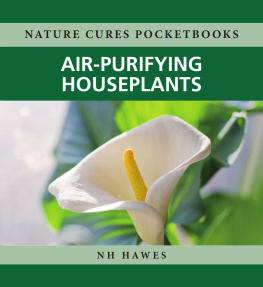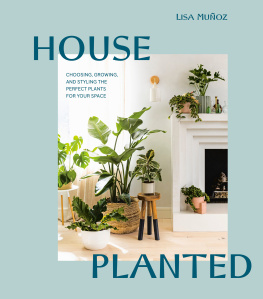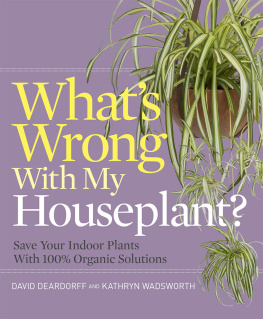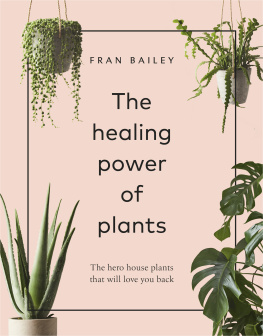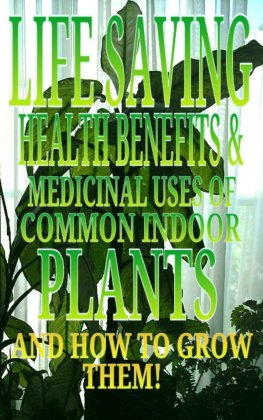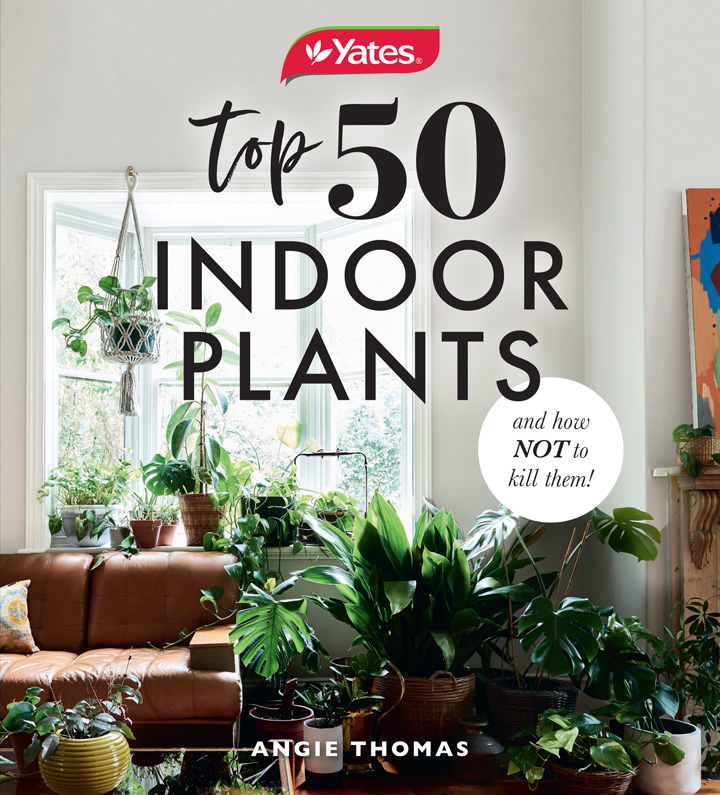CONTENTS
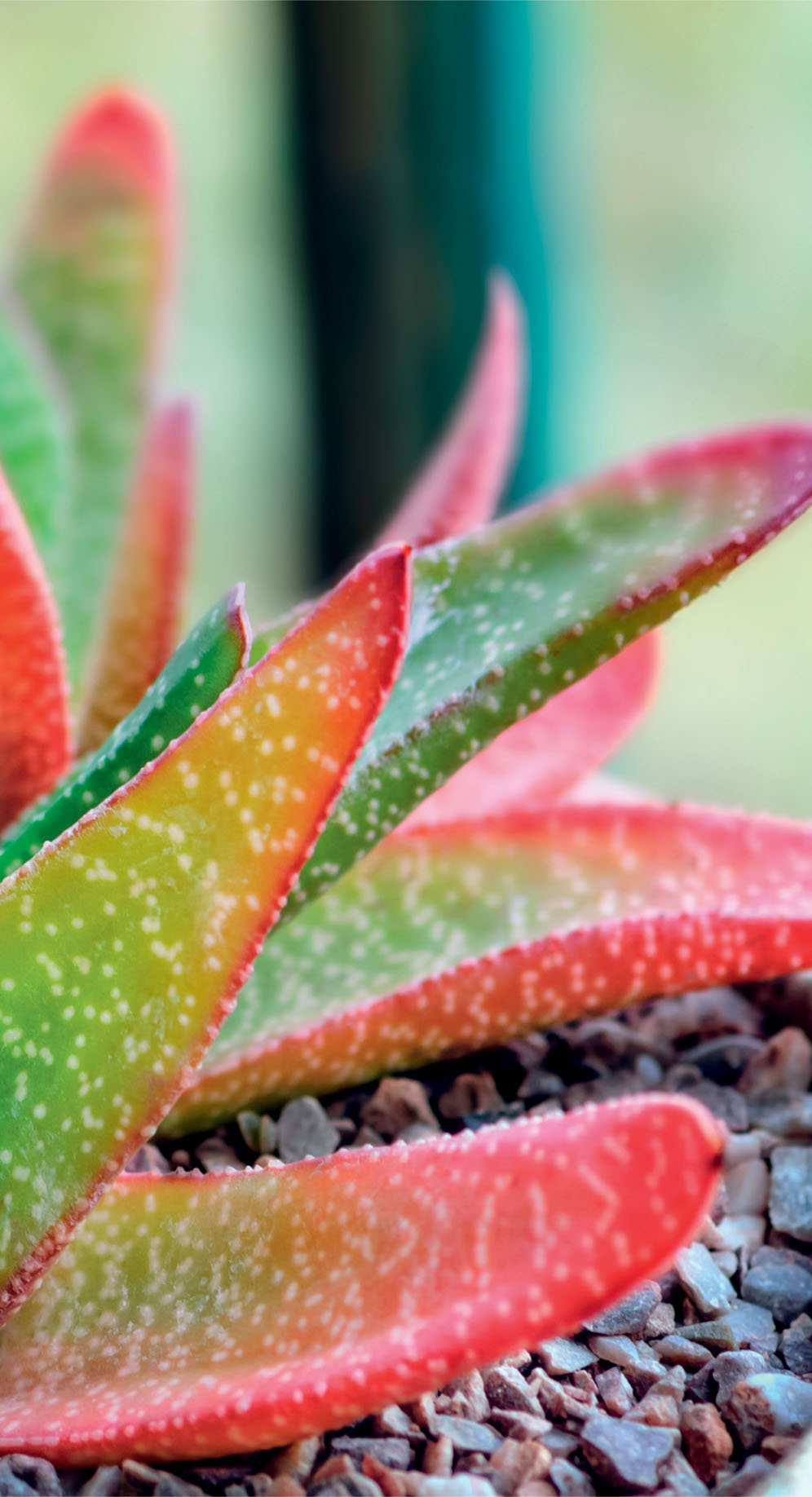
Shutterstock/ Altin Osmana.
CONTENTS

Guide
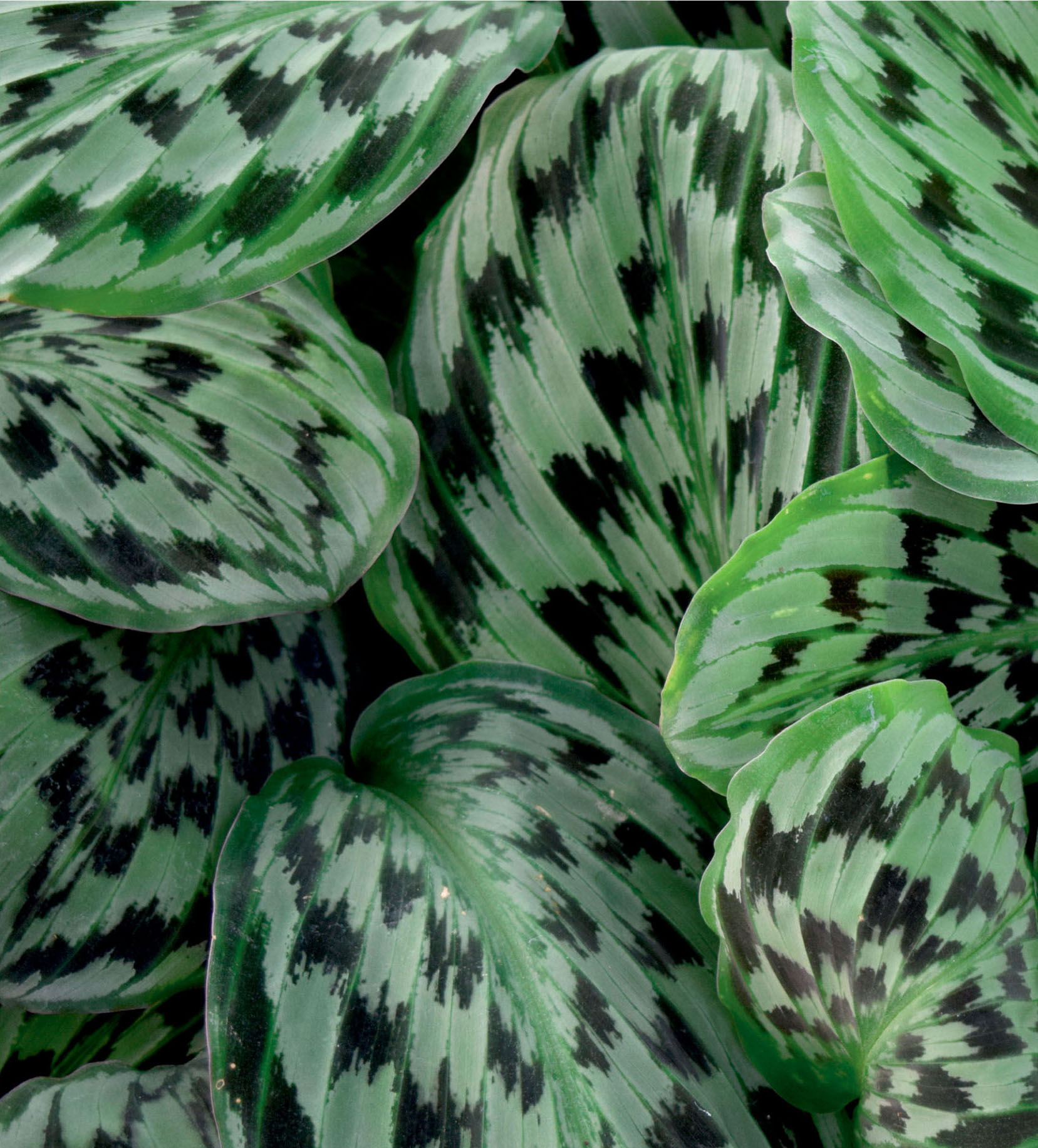
Shutterstock/ ananaline.
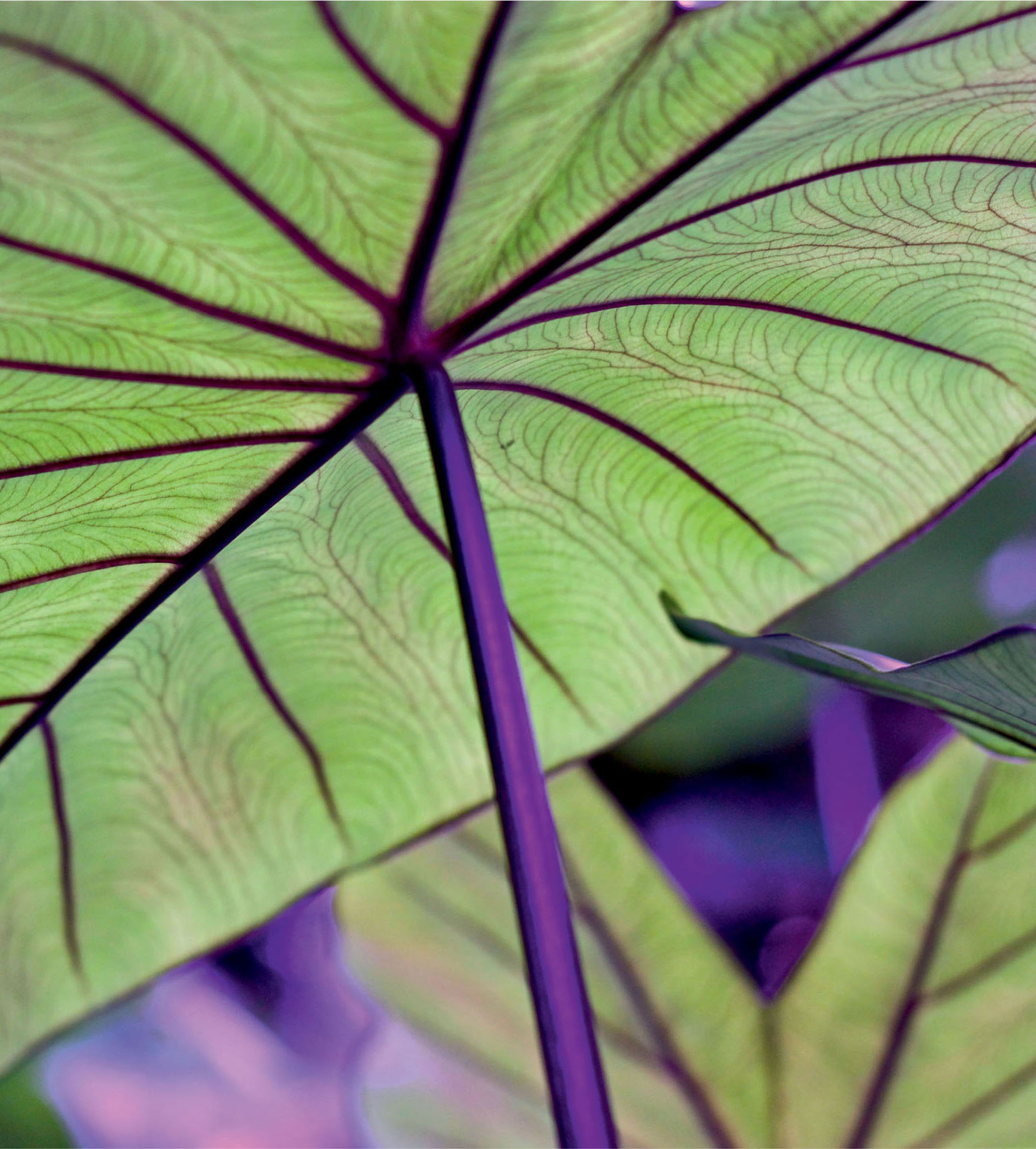
Shutterstock/ Jim Byrne Scotland.
Gardening is a fabulous way to connect with nature and improve your health and wellbeing. Research has shown that gardening can have a positive effect on life satisfaction, your sense of community and quality of life, in addition to helping reduce depression, anxiety and even body mass index.
Whether youre lucky enough to have a big backyard with a flourishing flower and vegetable garden, or you have the tiniest studio apartment, indoor plants give you the opportunity to bring the outdoors in and have a garden, no matter what type and size of space you have. Theres an indoor plant for almost every spot!
Indoor plants have gone through several different interior design phases in recent decades. In the 1970s and 1980s, you might have seen a single palm or rubber plant tucked away in the corner of a living room, a fern in a macram hanger in the kitchen and an African violet on a windowsill.
The 1990s featured restrained, low key design, and indoor plants went missing from many households. Their disappearance may have also had something to do with people not knowing how to care for indoor plants and a fear of killing yet another poor specimen.
Thankfully, there has been a massive revival of interest in indoor plants and their popularity has skyrocketed. The reasons for this could include peoples desire to be more connected with nature in increasingly greenspace deprived and crowded cities and suburbs, the immense pleasure and satisfaction that can be derived from watching an indoor plant grow and flourish, and that nurturing plants is a wonderfully slow and relaxing pastime a perfect antidote for the frantic pace of modern life.
Whatever the reasons for our increasing desire to include more greenery in our lives, this heightened interest has been matched by garden centres stocking a larger number and variety of indoor plants and a boom in specialist indoor plant growers as well as passionate private collectors. To satisfy the publics demand for all things indoor plants, huge ticket-entry sales events are being held in warehouses, and online plant stores are continually sold out of the hottest items. There are multiple social media sites, with tens or hundreds of thousands of followers, dedicated solely to growing indoor plants. Our hunger for indoor plants with new and interesting traits, or that are easier to grow and maintain, is keeping plant breeders busy. New and improved ways of growing plants indoors, such as in vertical gardens, means we can grow plants in previously unused places around our homes. Fantastic interior spaces can now be designed with plants in mind, rather than plants being an afterthought.
When you team our renewed fascination for indoor plants with beautiful designer pots and plant stands, and the trend for recycling household objects into planters or making your own from scratch (including a revival in macram hanging basket holders!), the indoor plant revolution is becoming a powerful force that will hopefully continue to fill our homes with greenery well into the future.
Beyond the aesthetic and lifestyle reasons for growing plants, over recent decades there has been an increasing amount of research done regarding the health benefits of growing plants indoors. This has been prompted by the realisation that the air inside our homes, offices, schools and buildings can be more polluted than the air outside. Furniture, carpets, gas cooking and heating, paint and household cleaning products can all contribute to indoor air pollution and adversely affect our health.
NASA conducted a Clean Air Study that examined the levels of various toxic chemicals in the air that could be reduced by plants. They looked at chemicals such as benzene, xylene, toluene and formaldehyde, which are found in plastics and furniture, and ammonia, which is a common ingredient in cleaning products. Plants can absorb and process these chemicals, making them harmless, or simply soak them up and remove them from indoor air. The study found that different plants had varying abilities to filter toxins from the air, with plants like the humble peace lily and mother-in-laws tongue being particularly effective at this. The greater the number of plants, the better the potential air purifying benefits. The microbes found in potting mix may also play an important part in filtering the air.
Plant Life Balance, a not-for-profit horticulture R&D organisation, together with RMIT University and the University of Melbourne, calculated that just one medium sized indoor plant in a room of 20 square metres (20m2) can lead to 25% cleaner air, increasing to 75% with 5 plants, and 10 plants providing the maximum level of clean air benefits.
Plant Life Balance also studied the psychological effects of indoor plants and found that a few plants can make you feel more relaxed, inspired and positive, with 5 medium sized plants in a 20m2 room providing a 60% improvement in wellbeing. The more variety in plant types the better, and 10 plants in a 20m2 space will give you the maximum benefit.
Companies are also recognising the benefits of indoor plants and introducing them into their offices, with green walls and large potted displays now featuring in many buildings; personal office desk plants are also becoming wonderfully common. Research conducted by the University of Technology, Sydney, showed that indoor plants not only improve air quality in office environments, they also help to reduce sick leave, stress and negativity, and boost peoples performance, productivity and job satisfaction. Thats a pretty impressive resume!
Preliminary research has also shown that by growing plants in school classrooms, performance in spelling, maths, science and reading can be improved, particularly where students have limited access to gardening and nature based activities.
All these amazing benefits just from growing indoor plants!
Whether youve always wanted to try growing an indoor plant and never had the courage, have tried in the past and not been particularly successful, or would like to expand your current collection of indoor plants, this book will help you to work out what plants you can grow in different indoor spaces and how to care for them. Welcome to the wonderful world of indoor plants!
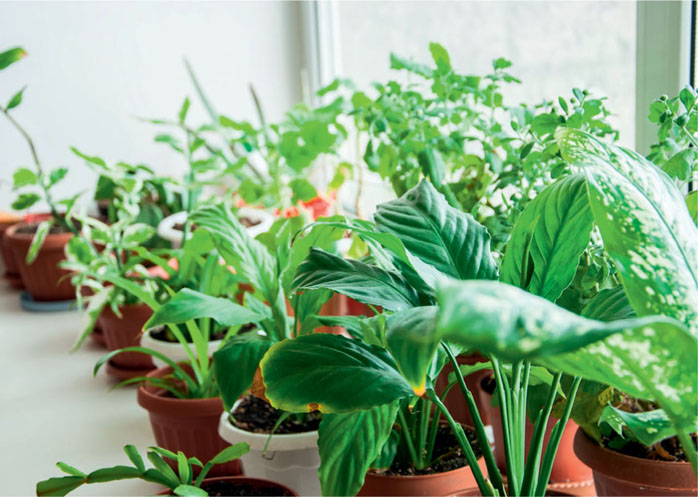
Shutterstock/ Galiyah Assan.
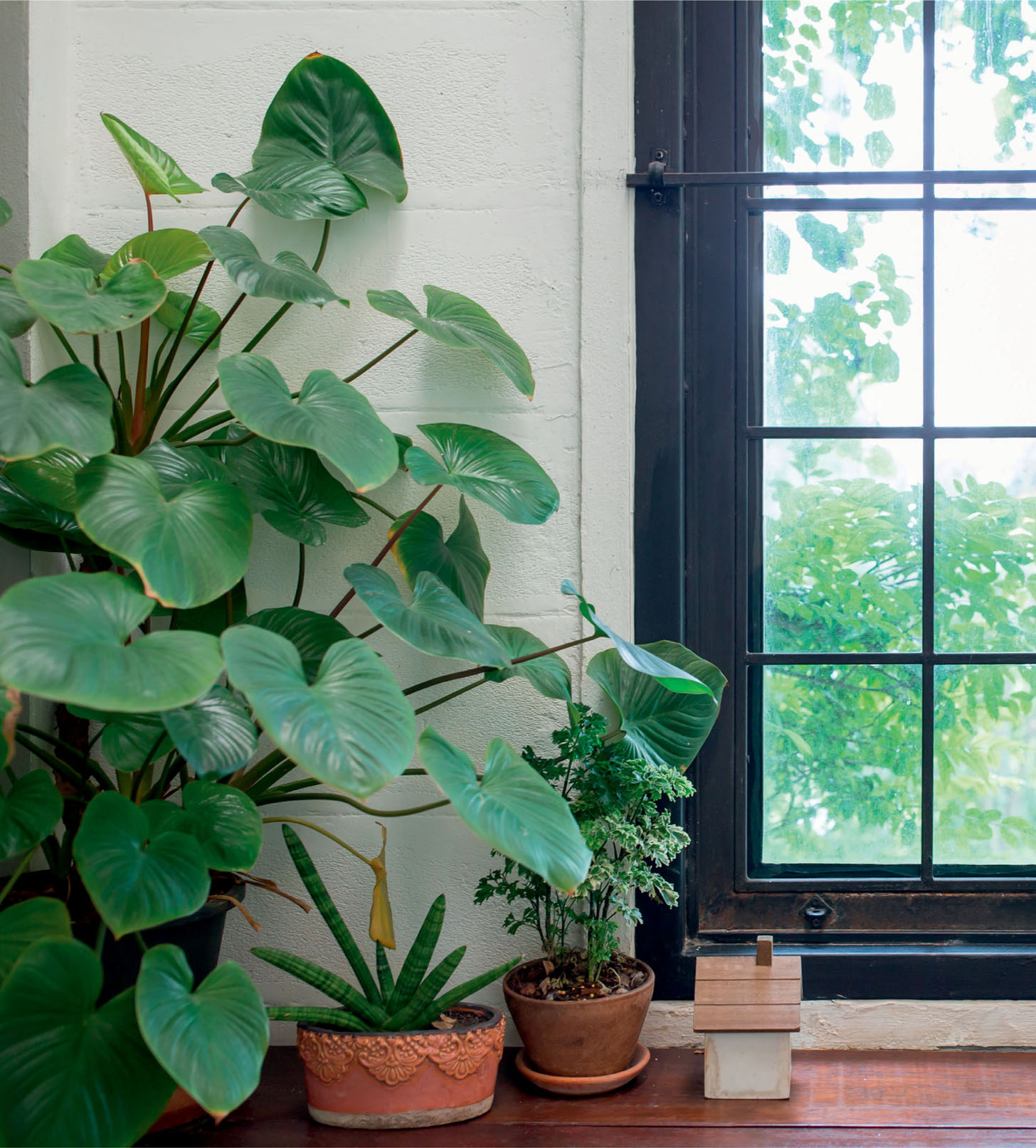
Shutterstock/ 9Air.

Shutterstock/ CLICKMANIS.
A very important part of successfully growing indoor plants is to find the right spot for them. A sun-loving plant will not thrive in a dimly lit corner, and a humid bathroom can be a recipe for disaster for a plant that prefers a well ventilated, airy spot. Have a look around your home and think about the areas you would like to greenify. Take note of:
Next page
